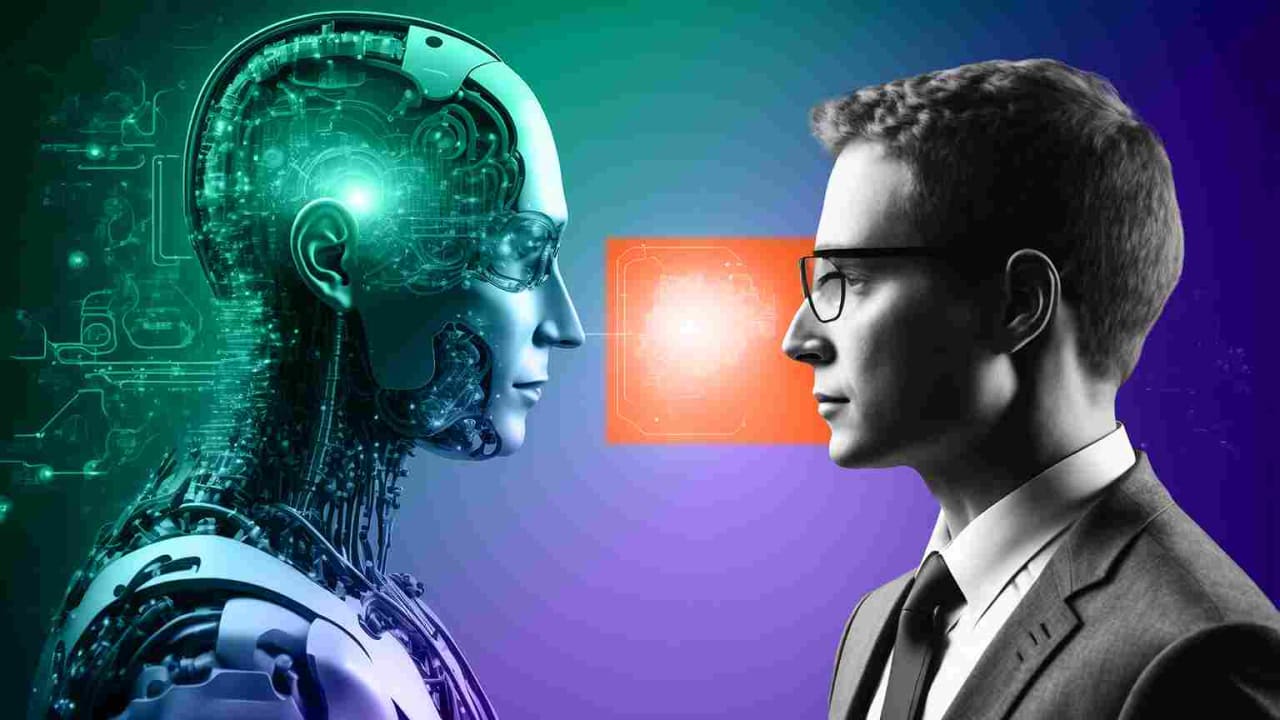In the grand tapestry of technological evolution, few threads are as vibrant and transformative as the ongoing ai computing revolution. This revolution isn’t merely about machines getting faster or smaller—it’s a profound metamorphosis reshaping how computers think, learn, and collaborate with humans. It’s the dawn of a new digital epoch where the synergy between computational power and artificial intelligence is unlocking unimaginable potential.

A Paradigm Shift in Computing
The ai computing revolution marks a departure from the classical computing era. Traditional computers excelled at executing explicit instructions, operating within rigid boundaries defined by human programmers. But this new wave leverages the power of AI to transcend those boundaries, enabling machines to adapt, infer, and innovate.
Instead of simple automation, we are witnessing computers evolve into cognitive partners. These devices do not just process data—they interpret it, drawing insights and making predictions that were once the sole province of human intellect. This paradigm shift is rewriting the rulebook of what computers can accomplish.
Hardware Innovations Fueling the Revolution
At the core of the ai computing revolution lie groundbreaking advancements in hardware. Conventional processors gave way to GPUs (graphics processing units) that efficiently handle the massive parallelism required for AI computations. More recently, specialized AI chips—such as TPUs (tensor processing units) and neuromorphic processors—have been engineered to accelerate machine learning algorithms at blistering speeds.
These innovations are not incremental upgrades. They represent quantum leaps in computational throughput, enabling models to be trained on vast datasets with unprecedented speed and efficiency. The result? AI systems that are smarter, more responsive, and capable of tackling problems once thought insurmountable.
The Synergy of Software and Hardware
While hardware provides the muscle, software injects the brainpower. Advances in algorithms, architectures like transformers, and training techniques have synergized with hardware progress to drive the ai computing revolution forward.
Deep learning, for example, mimics the neural structures of the human brain to build intricate networks capable of pattern recognition, language understanding, and decision-making. As computational capacity surges, these networks grow more complex and nuanced, allowing AI to excel across domains—from medical diagnostics to creative arts.
This interplay between hardware and software embodies the essence of the revolution: computational power and intelligent algorithms advancing hand in hand, feeding off each other’s progress in a virtuous cycle.
Real-World Impacts: Transforming Industries
The ripple effects of the ai computing revolution are palpable across virtually every sector. Healthcare, for example, is being revolutionized by AI-powered diagnostics that analyze medical images with astonishing accuracy. This enables earlier detection of diseases and personalized treatment plans that save lives.
In finance, AI algorithms scrutinize market data to identify investment opportunities and mitigate risks faster than any human analyst could. Manufacturing plants employ AI-driven robotics and predictive maintenance to optimize productivity and reduce downtime.
Even creative fields aren’t immune. From generating music and art to assisting in film production and game design, the ai computing revolution fuels novel modes of expression and collaboration. It’s a thrilling convergence of art and science, facilitated by the potent capabilities of modern computers.
Democratizing AI Access
One of the most heartening aspects of this revolution is the democratization of AI. Cloud computing platforms offer accessible AI services that were once confined to elite research labs. Developers and businesses of all sizes can now tap into powerful AI tools without heavy upfront investments.
This widespread availability accelerates innovation and fosters a vibrant ecosystem of AI applications. Entrepreneurs can experiment boldly, educators can enhance learning experiences, and individuals gain access to smarter personal assistants and productivity tools.
The ai computing revolution thus expands not only computational power but also human opportunity and creativity.
Challenges on the Horizon
Despite its dazzling promise, the ai computing revolution is not without hurdles. Energy consumption is a growing concern as large AI models demand massive computational resources. Sustainable AI development calls for innovations that balance performance with environmental impact.
Ethical considerations also come to the forefront. As AI systems permeate daily life, questions around transparency, bias, and accountability become paramount. Navigating these challenges will require thoughtful governance, multidisciplinary collaboration, and ongoing public discourse.
The Road Ahead: A Continuous Journey
The ai computing revolution is far from a completed saga; it’s an ongoing adventure filled with unexpected twists and breakthroughs. Future technologies like quantum computing may amplify AI’s power exponentially, tackling problems that remain out of reach today.
Moreover, edge computing promises to bring AI closer to the data source—on devices like smartphones, IoT sensors, and autonomous vehicles—enabling real-time, context-aware intelligence. This decentralization will unlock new use cases and deepen AI’s integration into everyday life.
As this revolution unfolds, the fusion of human ingenuity and machine intelligence will drive progress into realms once confined to science fiction.
Embracing the Revolution with Enthusiasm
The ai computing revolution invites everyone—technologists, business leaders, and curious minds—to partake in shaping the future. It challenges us to rethink what computers can do and how we can harness this power for the betterment of society.
With every computational advance, AI grows more adept, creative, and helpful. The revolution is not just about machines; it’s about unlocking human potential and redefining the boundaries of possibility. So, buckle up and enjoy the ride—because the computer revolution in AI progress is only accelerating, and the best is yet to come.

